Having fresh mint in your garden is one of the most satisfying things because it smells so heavenly and has a slew of culinary and medicinal uses! Mint is also one of the easiest herbs to grow, and it's the perfect plant for beginner gardeners! Although mint IS easy to grow, its roots, which are called “runners” are also super invasive: they grow quickly sprouting new leaves and new plants as they go. Mint will overtake your garden if you're not careful, so these dos and donts of growing mint will help you immensely!
Mint plants are hardy perennials which are easy to grow and don't require too much maintenance. The mint family also includes lemon balm, thyme, and sage, among others. There are over 7500 different varieties of mint, and they all have different characteristics. Here are some of the most popular mint varieties that you can grow at home:
- Peppermint
- Spearmint
- Pineapple mint
- Apple mint (Woolly mint)
- Pennyroyal Ginger mint
- Horsemint
- Red Raripila mint
- Catmint
- Chocolate mint
- Orange mint
- Lavender mint
- Grapefruit mint
- Calamint
- Licorice mint
- Basil mint
- Chewing Gum mint
- Watermint
- Corn or Field mint
Dos and Donts of Growing Mint
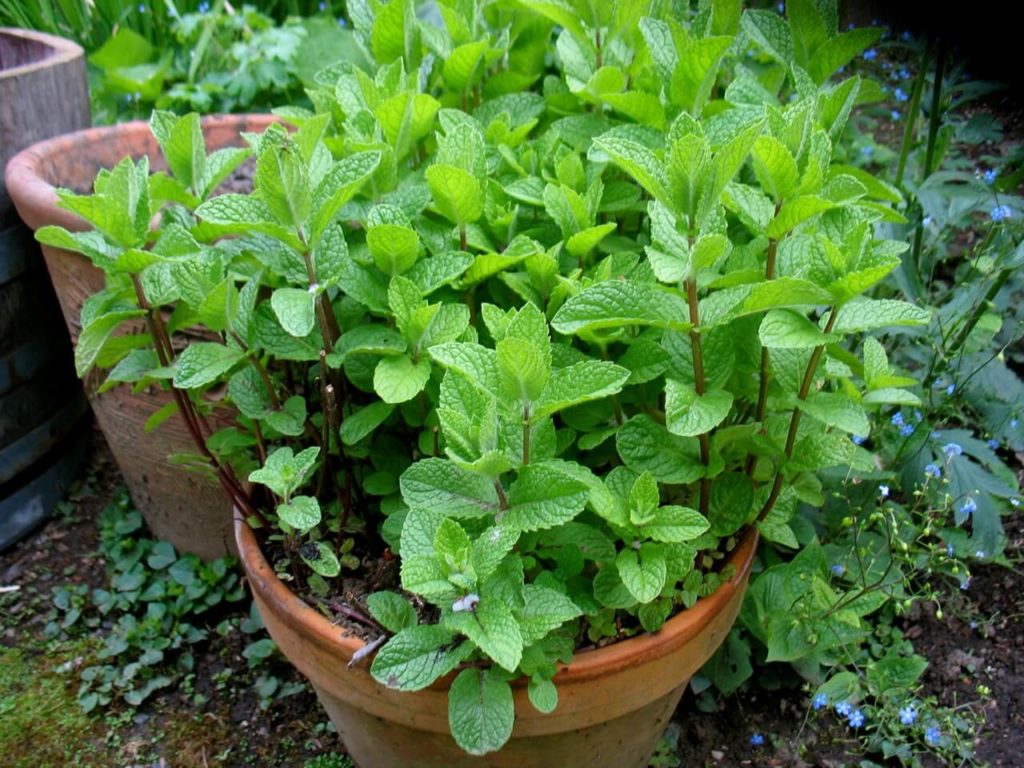
DO:
- Plant mint in a spot where it will receive morning sun and partial afternoon shade.
- To avoid the mint plant overtaking your garden, it's best to plant in a container.
- If planting in a garden, submerge a container (at least 5 inches deep) into the garden soil, leaving the rim above ground level when potted.
- Harvest mint sprigs before the plant flowers.
- Pinch off flowering buds as they appear.
- Plant mint plants 15 inches apart and thin them regularly.
DON'T:
- Don't plant mint in an open bed where it may take over your garden.
- If planting in a garden, make sure you submerge a pot into the garden soil (see above) and check to make sure there are no cracks in the pot.
- Don't plant in moist conditions.
How to Grow Mint:
- Start by planting mint seeds or grow a small mint plant, which can be purchased at your local nursery.
- Choose a pot that has good drainage holes.
- Use a good quality potting mix.
- Plant the mint seeds about an inch deep into the soil and water immediately after planting.
- Keep soil moist, but not water logged at all times.
- Place your potted mint plant in indirect sunlight or shade – mint can tolerate both sun and shade.
- If using mint as ground cover, it can be kept in full sun. Remember, mint is an invasive species, so keep it separate from other plants.
- Harvest mint leaves when they are young as they have a stronger flavor and aroma.
- You can harvest mint leaves 2-3 times during the growing season.
- If grown in a pot, rotate the mint plant every few days, so that all sides may get an equal amount of sunlight.
- Mint plants do best in temperatures of 65-70F (18-21C).
Mint Plant Care:
- Water regularly and do not let soil get dry. Mint plants love moist soil.
- Rotate potted plant every few days to ensure equal sun distribution.
- Mint is a moisture loving plant, so use a spray bottle to mist the plant in between waterings.
- Although certainly not necessary, you can fertilize your mint plant once in a while with an all-purpose water soluble fertilizer.
Mint Pests & Diseases:
- Powdery mildew
- Leaf spot
- Spider mites
- Rust
- Anthracnose
- Stem canker
- Plant mint to deter mice as well as deer.
So now that you know the dos and donts of growing mint, it's time to roll up your sleeves and get to planting! Use the mint as a culinary herb, to make essential oils, or use it to make different beverages such as iced tea or mint juleps!

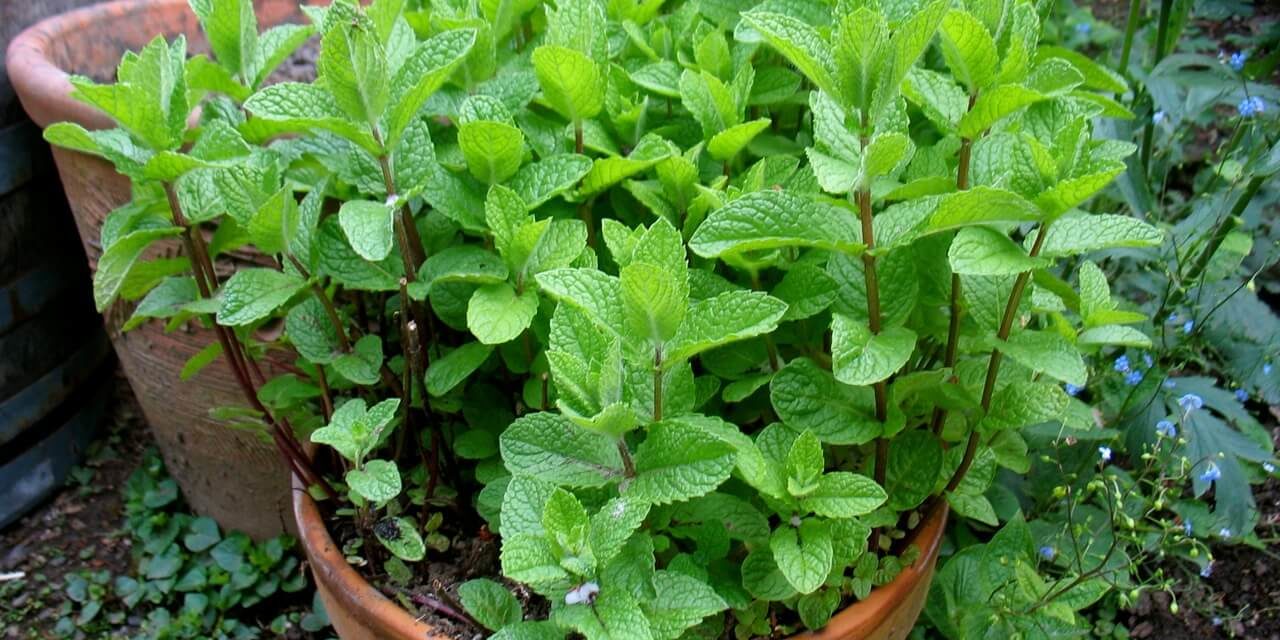
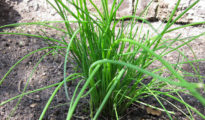
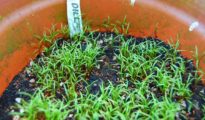
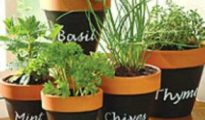














See attached picture. Why is my mint plant dying? I keep it in the shade and give it some sunlight
Hi Erum,
Sorry to hear about your mint plant! There are no attachments, but you’re more than welcome to paste a link to the image in question.